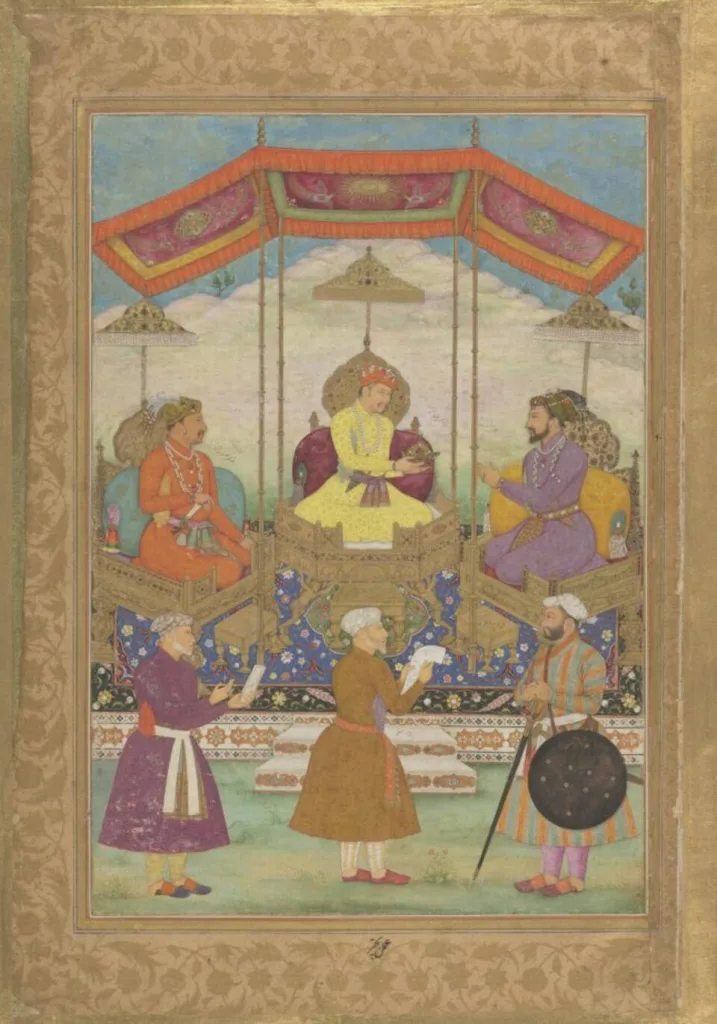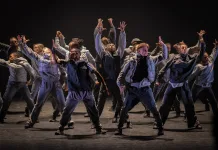
The Great Mughals exhibition at the V&A is an ambitious and breathtaking tribute to one of the most dynamic empires in world history. It is as much a celebration of the Mughal artistic legacy as it is a reflection on their role as cultural innovators who reshaped South Asia and influenced the world.
The exhibition is structured with an almost cinematic flow. Visitors are greeted with a dramatic introduction to Babur, the empire’s founder, through a 16th-century manuscript illuminated with gold. From there, the narrative unfolds chronologically, guiding visitors through the reigns of Akbar, Jahangir, and Shah Jahan, each represented by objects that evoke their unique contributions.
The interplay between art and power is a recurring theme, best exemplified by the display of the Peacock Throne’s remnants and a collection of coins bearing imperial inscriptions. These objects reveal the Mughals’ deliberate use of visual culture to legitimize their authority.
But what truly sets this exhibition apart is its willingness to address the empire’s contradictions. The Mughals were patrons of extraordinary beauty, but they were also conquerors whose reign was marked by periods of strife. The exhibition doesn’t shy away from this complexity, with interpretive panels that discuss the empire’s political machinations and religious policies.
In a time when history is often oversimplified, The Great Mughals offers a nuanced and multifaceted portrayal of an empire that was as magnificent as it was complicated. It’s a must-see for anyone who appreciates the power of art to shape history.
Get your tickets here: https://www.vam.ac.uk/shop/ticket?cgid=401
WRITTEN BY: Nura Arooj















